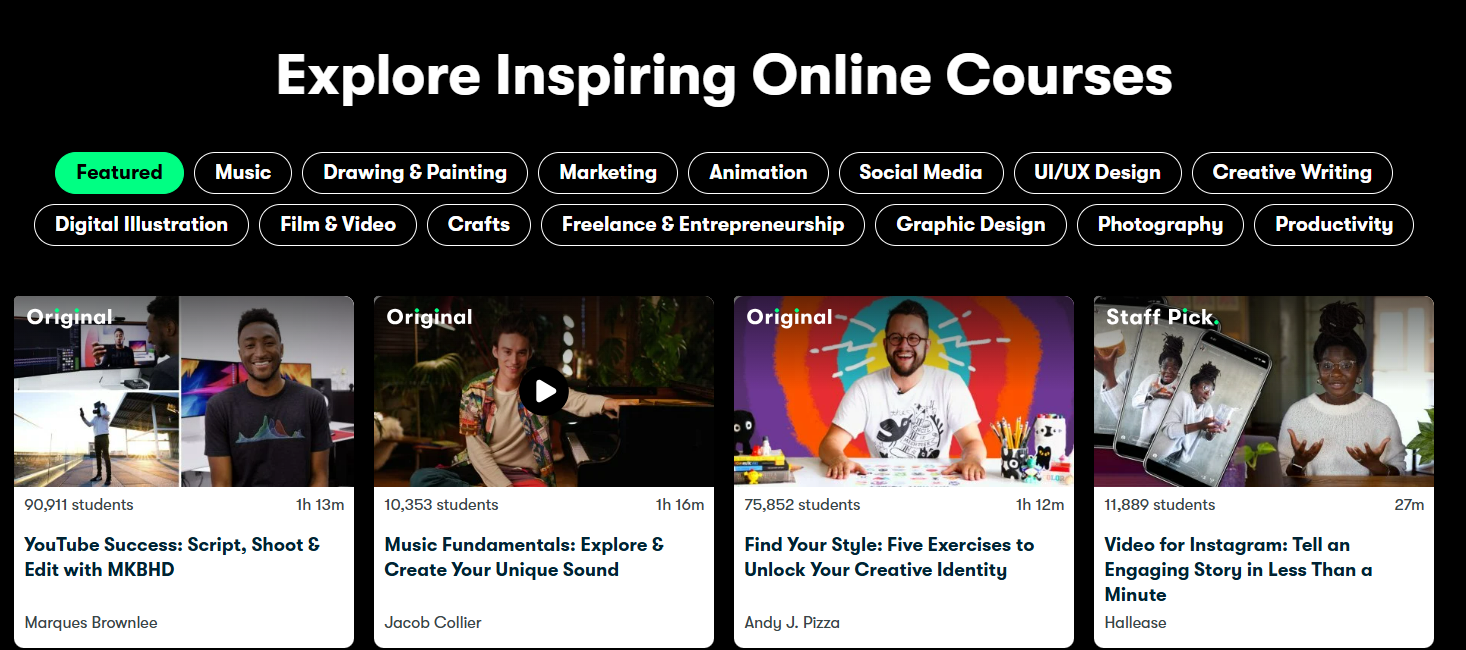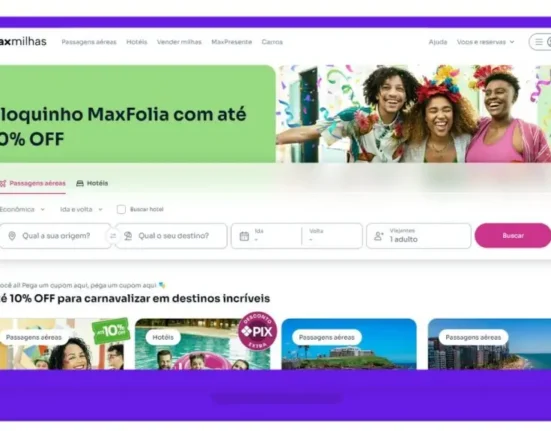Introduction to Skillshare and its benefits for instructors
Have you ever thought about sharing your skills with the world? If so, Skillshare might be the perfect platform for you. With millions of eager learners looking to expand their knowledge, becoming an instructor can be both fulfilling and profitable. Whether you’re a graphic designer, chef, or yoga expert, there’s a niche waiting for your unique voice.
Skillshare provides an incredible opportunity to showcase what you know while connecting with students from all walks of life. It enables instructors to build a loyal following and earn money doing something they love. Plus, you’ll have the chance to foster creativity in others—what could be more rewarding than that?
This guide will walk you through each step necessary to create a compelling online course on Skillshare. Let’s dive into how you can turn your expertise into engaging lessons that inspire others!
Have you ever thought about sharing your skills with a global audience? If so, Skillshare might be the perfect platform for you. This online learning community is designed to elevate creativity and foster innovation through diverse classes taught by passionate instructors.
Skillshare allows anyone—whether you’re an artist, designer, marketer, or hobbyist—to create and share courses tailored to their expertise. The benefits of becoming an instructor are immense. You can earn extra income while doing what you love. Plus, you’ll have the chance to connect with learners who are eager for knowledge.
Imagine having students from all around the world engage with your content and apply what they learn in real-time! Creating a course on Skillshare not only showcases your talents but also helps build a community around shared interests. Ready to dive into this exciting opportunity? Let’s explore how you can get started on your journey as an aspiring instructor.
Identifying your target audience and their needs
Understanding your target audience is crucial when creating a course on Skillshare. Start by asking yourself who would benefit most from your expertise.
Consider their demographics—age, profession, and interests. This information helps tailor your content to resonate with them effectively.
Next, dive deeper into their needs and pain points. What challenges do they face? What skills are they eager to develop? Engaging in forums or social media groups related to your topic can provide valuable insights.
Surveys can also be useful tools. Reach out directly to potential students for feedback on what they want to learn.
Once you gather this data, customize your course objectives accordingly. The more aligned your content is with the desires of your audience, the higher the engagement and satisfaction levels will be throughout the learning experience.
Understanding your target audience is essential for creating a successful course on Skillshare. Start by asking yourself who would benefit most from your expertise. Consider their age, interests, and skill levels. This will help you tailor your content effectively.
Conducting surveys or engaging with potential students in online communities can provide valuable insights into their needs and preferences. What challenges do they face? What skills are they eager to learn? Gathering this information allows you to refine your course topic and ensure it resonates with prospective learners.
Once you’ve identified your audience, craft a course outline that addresses their specific goals. Use language that speaks directly to them. This connection not only makes the learning experience more relatable but also increases engagement rates.
As you develop each lesson, keep the learner’s journey in mind. Offer practical examples and actionable steps that align with what they want to achieve. Encouraging interaction through assignments or Q&A sessions fosters community and enhances learning outcomes.
By thoroughly understanding who you’re teaching, you’ll create a course that’s not just informative but transformative as well—turning casual viewers into dedicated learners eager for more knowledge from you.
Planning your course content and structure
When planning your course content, start with a clear objective. What do you want your students to learn? Defining this will guide everything else.
Next, break the content into manageable modules. Each module should focus on a specific topic or skill. This structure helps learners absorb information without feeling overwhelmed.
Consider incorporating various formats. Video lessons are essential, but add quizzes, worksheets, and discussions to enrich the experience. Variety keeps engagement high and caters to different learning styles.
Outline each lesson in detail before filming. Detail what you’ll cover and how it connects to your overall goal. This roadmap ensures you stay focused while creating engaging material that resonates with students’ needs.
Don’t forget about pacing; allow time for reflection between topics. A well-paced course fosters deeper understanding and retention of knowledge among participants.
Tips for creating engaging video lessons
To create engaging video lessons, start by setting the right atmosphere. Use good lighting and clear audio to enhance your quality. A well-lit space keeps viewers focused on you.
Next, structure your content effectively. Break down complex topics into bite-sized segments to maintain interest. Each segment should have a clear focus and goal.
Incorporate visuals where possible. Use slides, graphics, or props to illustrate key points. This not only aids understanding but also makes the lesson more dynamic.
Engage with your audience through questions or prompts during the lesson. Encourage them to think critically about what they’re learning.
Don’t forget your personality! Your enthusiasm can be infectious; let it shine through in your delivery for a more relatable experience that resonates with students.
Managing student feedback and engagement
Managing student feedback is crucial for any instructor on Skillshare. It helps you understand what your audience values and how they learn best. Encourage students to share their thoughts through comments or reviews, and actively respond to them.
Engagement doesn’t stop at just collecting feedback. Create a sense of community by fostering discussions within your class. Pose questions related to the course material, encouraging interaction among students.
Utilize polls or surveys to gather insights about their learning experience. This not only makes them feel valued but also shows that you are committed to improving the course.
Regularly update your content based on this feedback too. Adapting lessons can enhance engagement and retention, making learners feel invested in the process.
Remember, an engaged student is more likely to complete your course and recommend it to others, boosting its overall success on Skillshare!

Monetizing your course on Skillshare
Monetizing your course on Skillshare opens up exciting possibilities. As an instructor, you can earn money through student subscriptions and referrals.
Skillshare operates on a membership model. Students pay a monthly fee for access to all courses. Your earnings depend on the number of minutes watched in your classes each month. Focus on creating high-quality content that keeps students engaged; this will naturally boost your visibility and income.
Promoting your course outside of Skillshare can enhance revenue potential too. Share snippets or highlights on social media platforms to attract more viewers.
Consider offering additional resources like downloadable materials or one-on-one mentorship sessions for an extra fee. These add value while increasing what students are willing to pay for your expertise.
Keep track of trends within the platform and adapt accordingly, ensuring that you stay relevant and profitable in a competitive landscape.
Best practices for successful courses on Skillshare
Creating a successful course on Skillshare requires careful attention to detail. Start by defining clear learning outcomes. Students should know what they will gain from your course.
Use high-quality visuals and audio in your videos. Clear sound and crisp images keep learners engaged. Remember, presentation matters as much as content.
Keep lessons concise. Aim for around 10-15 minutes per video segment to maintain interest without overwhelming students.
Encourage interaction by asking questions throughout your lessons. Prompt discussions in the community section to foster a sense of belonging among students.
Regularly update your course materials based on feedback. This shows you value student input and are committed to their learning experience.
Promote your course through social media or email newsletters, but focus on providing value rather than just self-promotion. Authenticity resonates well with potential learners and can boost enrollment significantly.
Conclusion
Creating a course on Skillshare can be an enriching experience, both for you as an instructor and for your students. By understanding the platform’s benefits, identifying your audience’s needs, and planning engaging content, you set the stage for success.
Remember to create video lessons that not only educate but also captivate your viewers. Pay attention to student feedback; it’s invaluable for improving your course and fostering engagement.
Monetization is also within reach when you utilize Skillshare effectively. With dedication and adherence to best practices, you’ll find yourself creating courses that stand out in a crowded marketplace.
Embrace this journey of sharing knowledge while connecting with learners from all walks of life. Your expertise could inspire others to unlock their potential!








